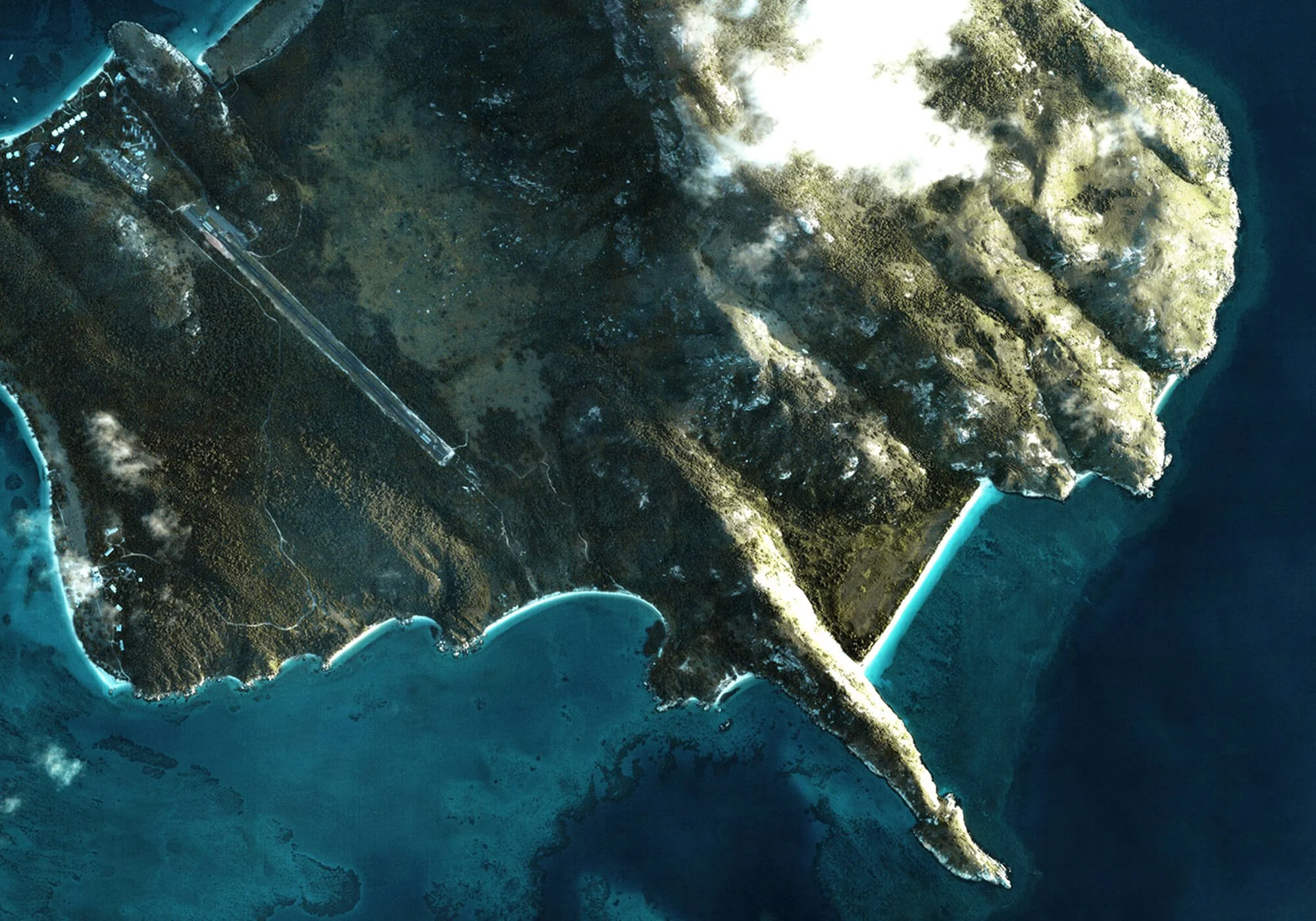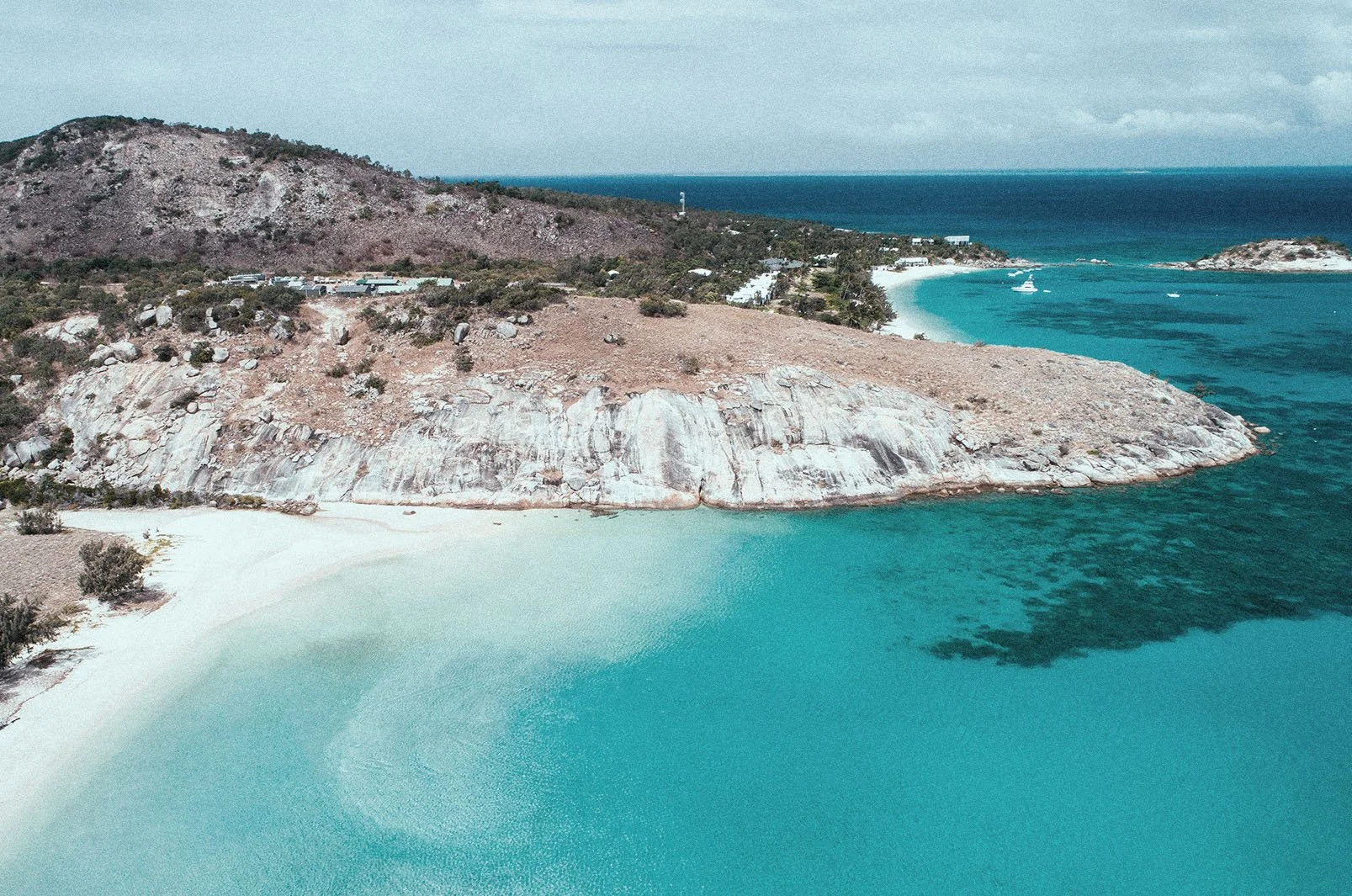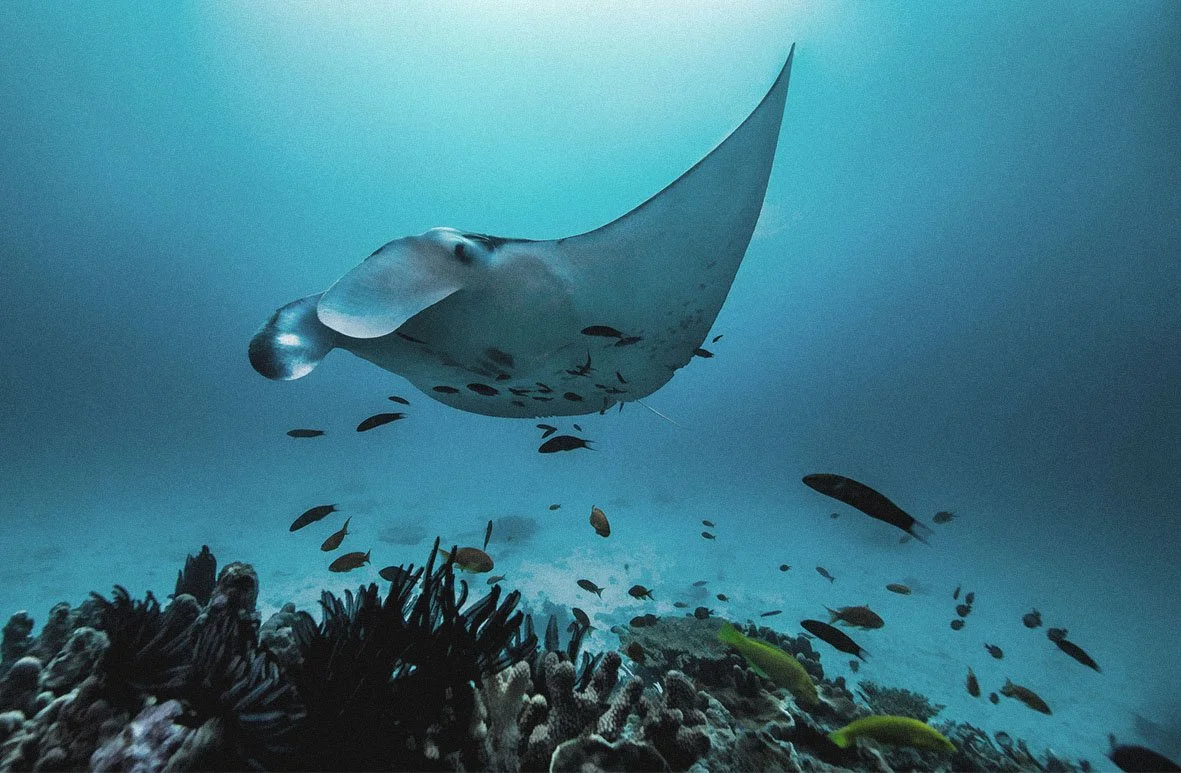THE PLACE YOU’RE PROTECTING
With your choice of Clean Waves sunglasses, you’re helping to protect Lizard Island in the northern Great Barrier Reef off the coast of Australia.
Though it was named by the explorer James Cook after the countless monitor lizards he spotted crawling around the island, a more accurate description would come from the Dingaal Aboriginal people who regarded the island as a sacred place and named it Dyiigurra. With three smaller, adjoining islands – Palfrey, South and Bord – they saw the group as a stingray, with Lizard Island being the body and the other islands forming the tail.
A well-developed fringing reef encircles a 10-meter deep Blue Lagoon filled with green and loggerhead sea turtles, while a hike to a 300 m ridge reveals the Great Barrier Reef billowing out in every direction in ribbons of marbled reefs, home to hundreds of Minke whales, dolphins and sharks, all ensconced in collars of neon blue. A short boat trip from Lizard Island to Ribbon 10 in the Great Barrier Reef will take you to Cod Hole, one of the most renowned diving spots in the world, famed for its Potato Cod that can weigh up to a chunky 100kg each.
Island: Lizard Island, Australia
Distance from shore: 27 km
Area: 990 ha
Length x width: 2.3 x 2.6 mi
Maximum elevation: 359 meters
Population: 100
A REMOTE WORLD
While only 27 kilometers off the coast of Australia as the crow flies, getting to Lizard Island is no easy matter, taking either an hour’s flight from Cairns or 12 hours by boat. Those who usually make the journey do so stay at either the Lizard Island’s eponymous, and only, resort on the island, or on behalf of James Cook University which maintains a research station there studying the impacts of climate change on the 400 different types of coral in the Great Barrier Reef.
It is through working in close collaboration with the resort staff and scientists – who, along with the few people who maintain its landing strip, form Lizard Island’s ‘permanent’ inhabitants – and the cargo barges that deliver supplies to the indigenous people of the outer Great Barrier Reef, that the Parley network is able to intercept plastic pollution from the island and evacuate it to the mainland where it is recycled.
PLASTIC IN THE GREAT BARRIER REEF
While it’s one of the most beautiful islands in Australia, Lizard Island is also a hotspot for plastic pollution, and it’s all due to its location. Its position in the northern stretches of the Great Barrier Reef see it sit directly in the path of Southern Ecuadorian Current, which delivers plastic to the reefs and mangroves of the island from across the entire Pacific Ocean – and as its name implies, from even as far away as South America. As such, Lizard Island is a great barometer for gauging the amount of plastic that reaches this part of the world, and its effects on marine ecosystems.
Furthermore, its northerly position also see Lizard receiving marine debris in the form of plastic food wrapping and fishing gear from Papua New Guinea and Indonesia with the northerly winds in the Southern Hemisphere’s summer months. Meanwhile, cargo ships seeking a safe passage through the Great Barrier Reef to the Australian mainland have been found to be illegally dumping their waste in the waters around Lizard Island, as evidenced by the hundreds of ‘fresh’ plastic bottles, with labels originating from Taiwan and South Korea, intercepted on Parley beach cleanups in the region.
PARADISE PROTECTED
Your support directly funds the protection of this unique place in two ways. Working with Parley and our partners in Australia, you are making it possible to intercept plastic waste on Lizard Island and upcycle some of it. You’re also supporting education and infrastructure projects to reduce plastic at source – an essential part of our mission in the Pacific and beyond.
WELCOME TO THE MOVEMENT
Your sunglasses are just the beginning of the Clean Waves journey. In the months ahead, we’ll take you to Lizard Island and other islands around the world through exclusive content and reports of how your support helps us protect these fragile marine ecosystems from plastic pollution.
It's great to have you onboard.
Header: Satellite Image © 2022 Planet Labs Inc.






